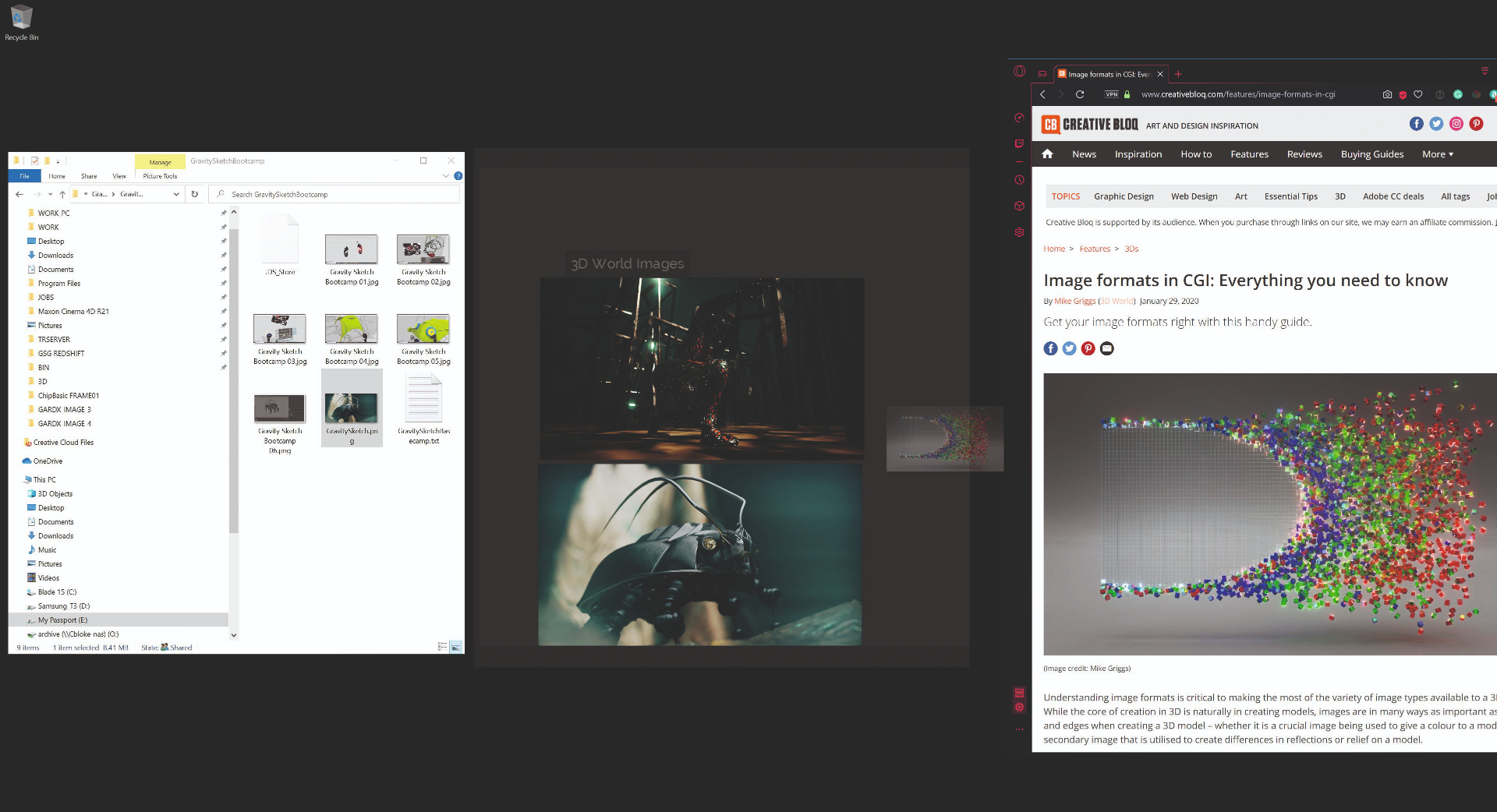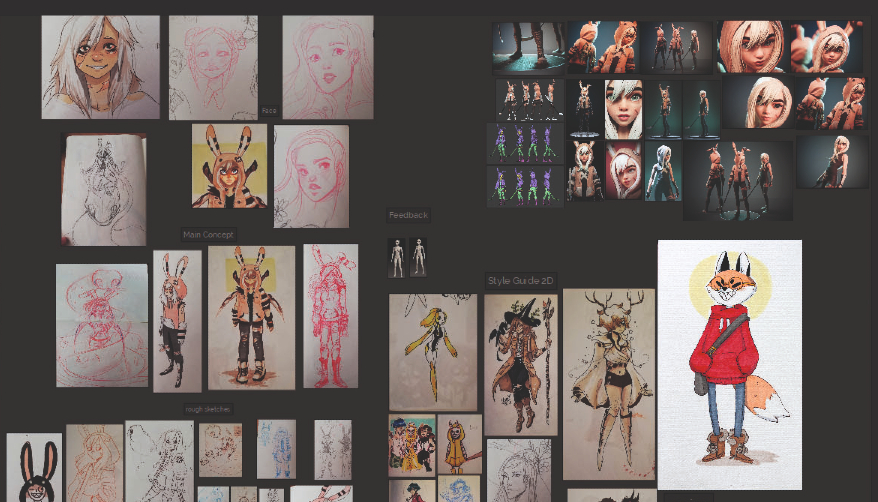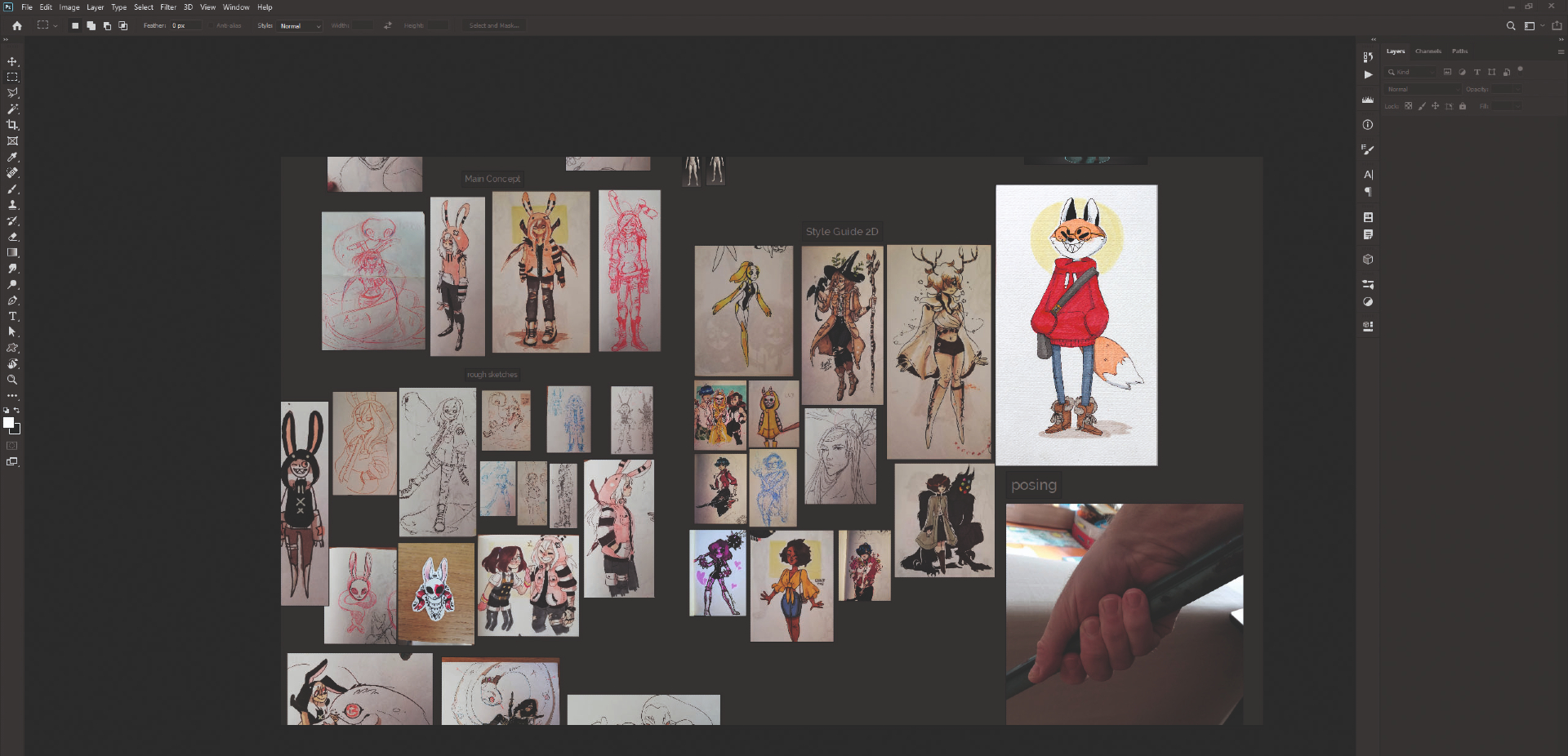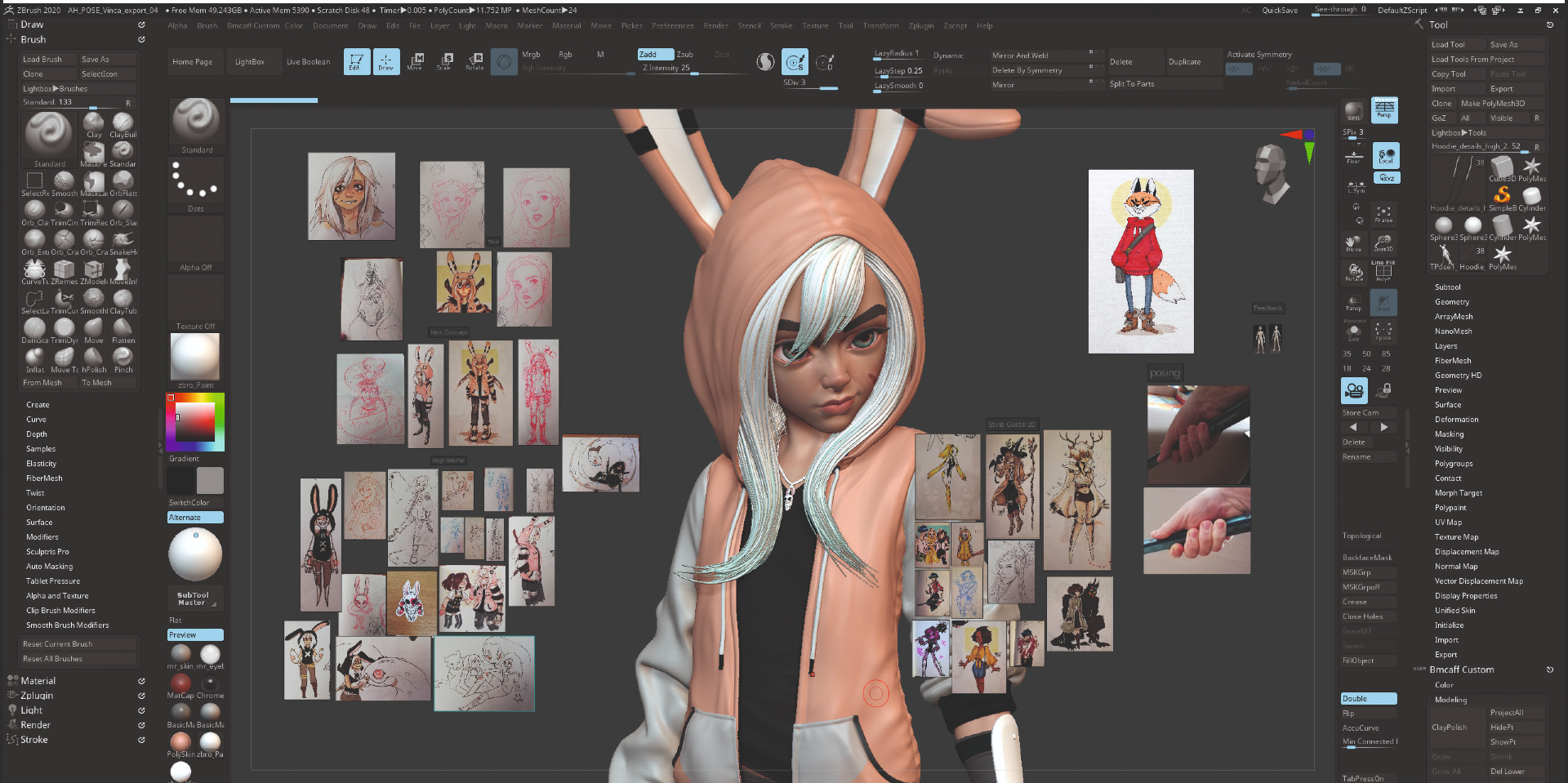PureRef: How to use the image reference tool
Learn to collate and arrange reference images with PureRef.

PureRef is a great example of a small application being super useful. On first inspection, all it seems PureRef does is allow artists to collate image reference for a project. That, however, would be doing the application a considerable disservice. PureRef is also an easy-to-use image organiser that enables artists to create well-organised image databases and can be used with virtually any application.
PureRef is a near essential tool to be added to any creative artist’s workflow so let's see how you can make it a part of your own process, as we take you through the basics below. If you're looking to further level up your workflow, check out our list of the best 3D modelling software. You might also like to explore our best photo apps, or our collage maker tools.
01. Get to know Pureref

PureRef allows an artist to gather imagery from either existing work or online resources. This means that users can easily drag in imagery from the web as well as their own work or references from previous projects. PureRef works by allowing an artist to reveal a crop of a PureRef workspace. This workspace can be arranged as the artist deems fit with notes and headings, which can be focused in on via keyboard shortcuts.
02. Work with multiple Pureref workspaces

PureRef can support multiple workspaces, and these can be saved and shared between artists and computer operating systems. This makes PureRef an excellent way for a creative team leader to source some reference imagery for a project and then share that with a team. As PureRef saves in its own distinct file format, it makes PureRef easy to version and back up across a local or remote network. Controls are all accessed by right-clicking on an image.
03. Improve your workflow

Artist Brendan McCaffrey shows how PureRef can aid his 3D workflow with reference imagery, using the original concept sketches by his daughter Clara, translating them into a ZBrush sculpt. Here we can see the initial PureRef document for the project sitting on the computer desktop. The images have been organised into groups and notes have been added to help identify image areas.
04. Work with Pureref and other creative applications

Here, McCaffrey has opened Adobe Photoshop, and PureRef still stays at the top of the UI layer stack. This means that he can choose to move, zoom in on and re-arrange images around on the PureRef canvas, or alternatively use the ignore mouse events toggle to allow him to work in Photoshop, with the pictures in PureRef being visible but not available for interaction, which makes them ideal for tracing.
05. Focus your work

McCaffrey has moved to work in Pixologic ZBrush, and as can be seen, the PureRef window has been cropped and zoomed in on two key images. This has allowed him to use these two images while working on the sculpt. PureRef replaces tools such as the ZBrush Spotlight function that offers many of the features of PureRef but only within ZBrush. If McCaffrey needs other images from PureRef, images can be easily scrolled to.
06. Try the Pureref overlay

At some stages, when working on a project, it can be beneficial to take a higher view of the project. This ensures that the core values of the project are still being adhered to. PureRef allows this with overlay mode, which will enable McCaffrey to zoom out to see his range of imagery with no PureRef background. This lets him assess whether his ZBrush work is in keeping with his daughter’s initial sketch work.
This article was originally published in 3D World, the world's best-selling magazine for CG artists. Subscribe to 3D World.
Read more:
- 3D art: 30 incredible examples to inspire you
- Compositing in animation: Learn the basics
- Free 3D models: 25 quality assets for your CG projects
Daily design news, reviews, how-tos and more, as picked by the editors.

Thank you for reading 5 articles this month* Join now for unlimited access
Enjoy your first month for just £1 / $1 / €1
*Read 5 free articles per month without a subscription

Join now for unlimited access
Try first month for just £1 / $1 / €1

Mike Griggs is a veteran digital content creator and technical writer. For nearly 30 years, Mike has been creating digital artwork, animations and VR elements for multi-national companies and world-class museums. Mike has been a writer for 3D World Magazine and Creative Bloq for over 10 years, where he has shared his passion for demystifying the process of digital content creation.
